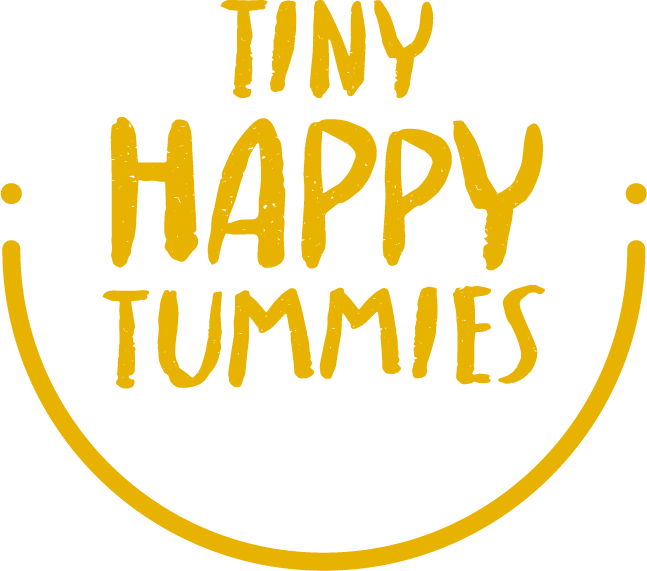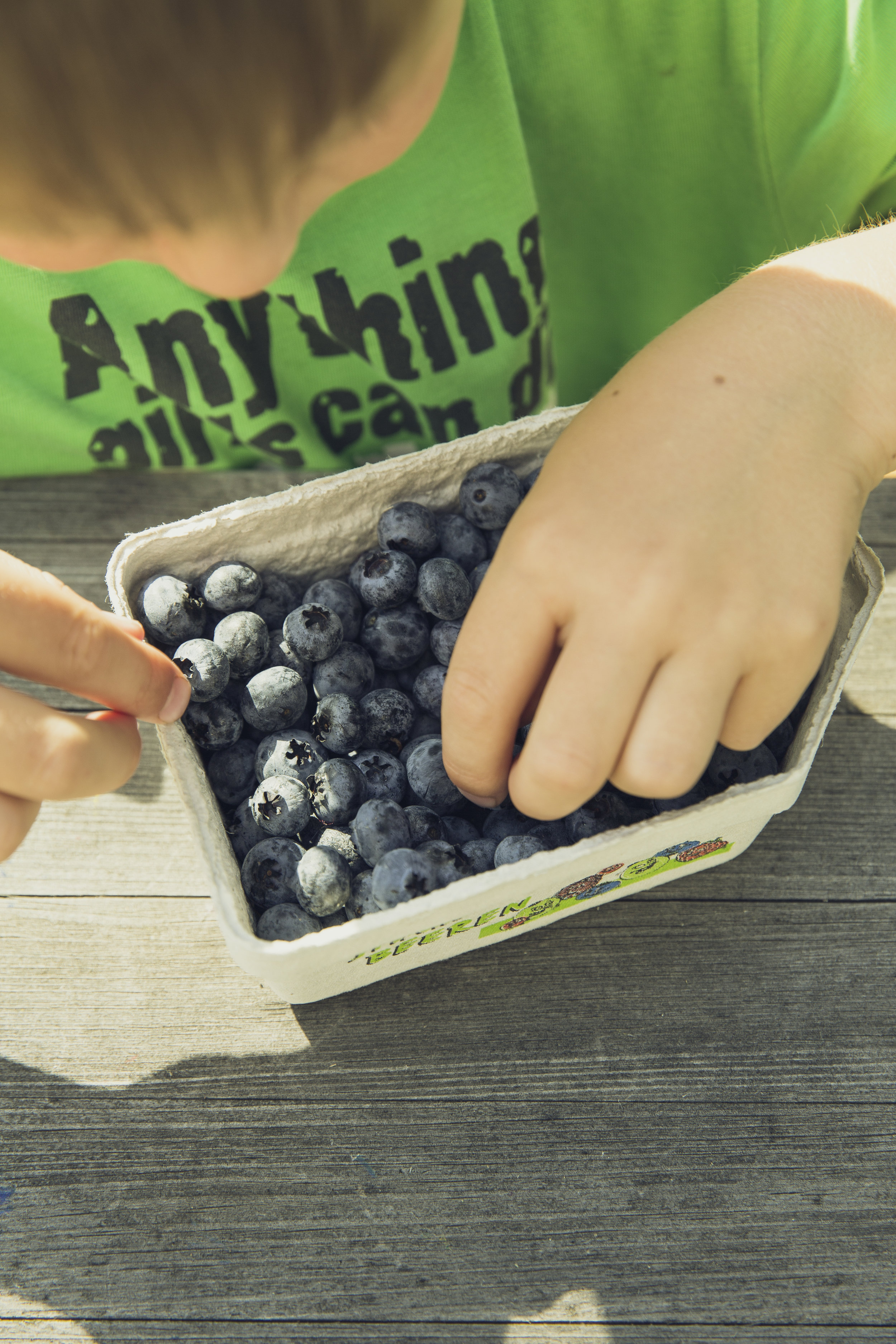Getting Started
We know that the journey of a child being diagnosed as Coeliac or gluten-free isn't always very smooth. We hope you find some comfort in the ideas, suppliers, products and restaurants that we have highlighted especially for gluten-free children!
Getting started with Gluten-free living.
Child just diagnosed as needing gluten-free? Top 10 tips for getting started:
If your child has been diagnosed as Coeliac, or you need to change their diet to gluten-free for other reasons, juggling family life which includes gluten and non-gluten containing meals can be a daunting prospect. The good news is that you don’t need to put a white line down the centre of your kitchen saying ‘do not cross’, a few changes can start the process off easily.
Read more below:
1. Organising: You don’t need to buy two lots of everything. If you’re worried about cross contamination in butter and spreads (which it is wise to be), try decanting half of new pack of cheese, butter etc. into zip-lock bags or sealable containers. If you don’t want two toasters, use the grill for toasting gluten-free bread as it’s easier to clean up, and any toasting for non GF goes into the toaster.
2. Parties: Don’t worry about children’s party invitations. Accept them, and then ask the organiser if there is anything you can do to make it easier for them by providing gluten-free food. We found that by offering to contribute some gluten-free food first, takes the pressure off you and the host. Popping colourful flags into the food that is gluten-free is a great way of flagging (excuse the pun!) it up quickly to excitable children who want to grab as much as they can from a party table. It’s also useful for family barbeques and get-togethers as well. And it can help to make children feel special.
3. The Kitchen: Think about having the top shelf of your fridge and cupboards for gluten free products. This avoids any other crumbs dropping down on gluten-free items and is a simple rule and easy for all the family and your visitors to follow. (Anyone juggling Nutribix for one child and Weetabix for another will know the agonising pain of opening the Weetabix packet for fear of a contamination explosion!) If a separate preparation area in your kitchen isn’t a possibility due to space, don’t worry, it’s worth investing in a couple of colourful chopping boards that are only for gluten-free products. Get your children involved and let them pick the colour. It’s useful for dish cloths as well. And open packets over the sink, so you can wash the crumbs away quickly.
4. Toiletries: You may want to consider checking the ingredients on toiletries. Apart from the harmful substances that can be found in some child and baby products anyway (such as parabens and phthalates), some products containing natural products may contain wheat based derivatives. There are mixed opinions and research on the topic, with the view being that unless it’s likely to end up in your child's mouth, then it should be ok. But with little fingers always seemingly ending up in mouths, it’s one to be aware of. www.skinsmatter.com has a good article on Gluten-free skincare.
5. Eating out: Don’t be afraid to walk out of a restaurant. Even it's not the British thing to do and you’ve already ordered drinks - if you’re not getting the advice, service or information from the kitchen that you need, just pay for your drinks and leave. It’s not your fault that if kitchen can’t cater for you or your child's gluten-free requests, and a simple explanation should make it obvious why. (Stay up to date on the Tiny Happy Tummies site for our guide to eating out and our plans for Tiny Happy Tummies membership which should go a long way in helping avoid situations like this!)
Nutrabix is less messy that Weetabix which we love!
Get baking! Start with a Gluten-free flour mix.
6. Ask: as many questions as you like in a restaurant. For example is a kids meal really out of the question, or is it just because it comes with bread? If you think that traditionally a meal shouldn’t have gluten containing ingredients in it, ask why, and if it can be adapted to make it gluten free. When eating out, even if the ingredients that are fine, check if the food is going to be fried in the same oil as other foods. And remember you won’t be able to see what happens in the kitchen, so ask if they prepare it in separate areas to other foods to avoid cross contamination. If you’re not confident or sure, then leave if there are no other options.
7. Watch the Kissing! Adults and children love to share the love! But if you’re a mummy or daddy eating gluten containing products then give your little ones a big hug and kiss, be mindful that a crumb or two can potentially transfer over to them. And vice versa! It’s the same for tasting and checking the temperature of children’s food. It can be tempting to put something hot to your lips and either ingest it yourself or transfer a crumb or two over to your child’s food. Try testing the temperature of babies food in the bit of skin between your thumb and index finger. Yes it gets messy, but can save an upset stomach or worse. We've been there!
8. Shopping. Don’t feel like you always need to stick to the specific gluten-free/ Free From aisle in the supermarket. Often they contain very expensive items. There are actually a lot of naturally gluten-free products everywhere. E.g rice cakes, fruit flakes, fresh fruit and veg of course, beans, crisps etc. www.Coeliac.org.uk have a great GF food checker app in the UK which is worth downloading as well. Take your time - you don’t have to try everything at once. If your child has been medically diagnosed as Coeliac, they also more than likely to have been referred to a dietician and could be entitled to free prescriptions (area depending currently). Dieticians are a fantastic source of info on manufacturers , suppliers and products and often get sent free samples and vouchers that they can pass onto you. Watch out for our supplier page coming soon - we’ve found some amazing gluten free alternatives! For example the Superseed pasta at is amazing - your children will be bowled over with the green banana Fusilli (and its super easy to cook!)
9. Get baking. It can be bamboozling to say the least when you realise just how many different types of flour are available to buy. Chestnut, buckwheat, corn, rice, chickpea, millet, tapioca, the list goes on. The best place to start is by using a blend. Try Doves self-raising gluten free flour or buy a mix that has been created for you - try the www.freefromfairy.co.uk And just use your normal recipe and see how you get on. You may be surprised that a simple sponge cake is easy and contains a lot less ingredients that the ready-made cakes that are often packed with lots of high fat ingredients to make them taste good. If the shelf-life is very long, it’s worth check exactly what has gone into it! Coming soon: a THT recipe page for more tips, ideas and recipes for family baking.
10. Oats. The rules on eating oats changed recently and your dietician or healthcare advisor will be able to advise you on your specific case. The old advice was to avoid them for about 6-12 months after a positive Coeliac diagnosis, however now it is recommended that you can eat them straight away, so long as they are gluten-free oats (meaning they haven’t been cross contaminated in the milling process.) Oats don’t contain gluten, but they do contain the protein avenin which some Coeliacs are intolerant, so they are not suitable for everyone. If you have been given the go-ahead for your child to continue eating gluten-free oats, www.Nairns-oatcakes.com have some really useful information and also some amazing products which are fabulous for families on the go, and espeically for school packed lunchboxes.
Do you have any more top tips? Get in touch and we could feature them here.



